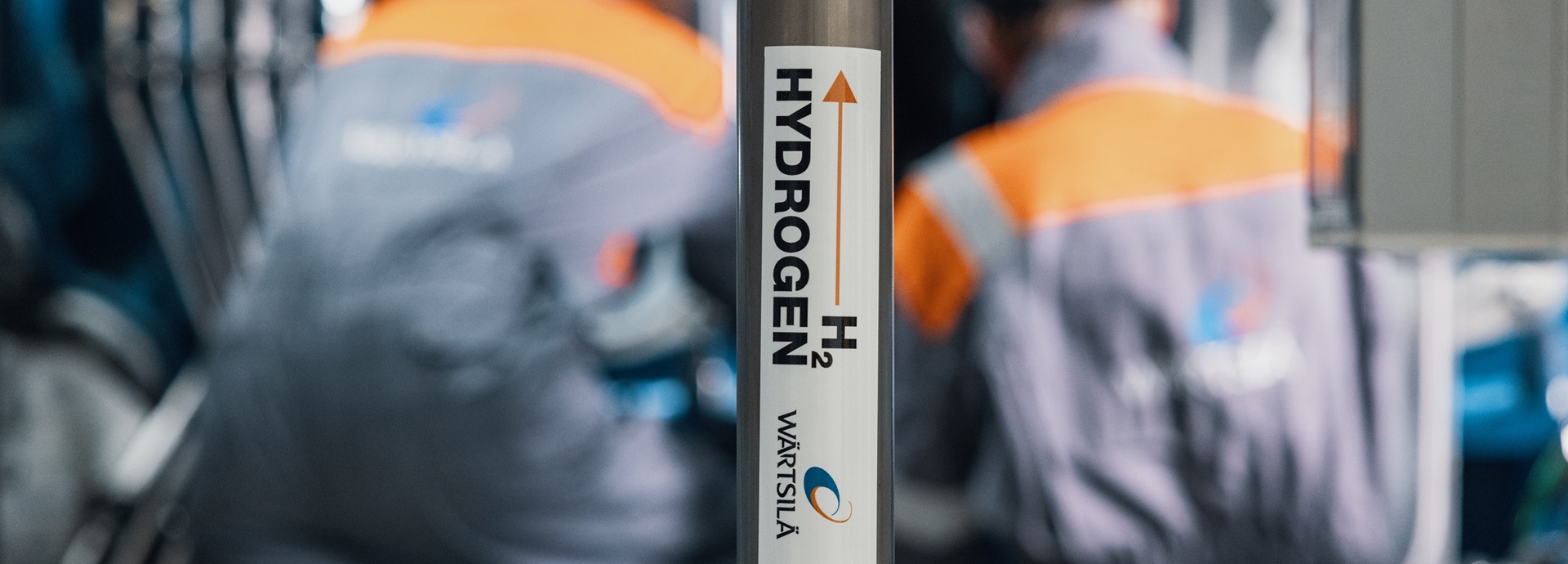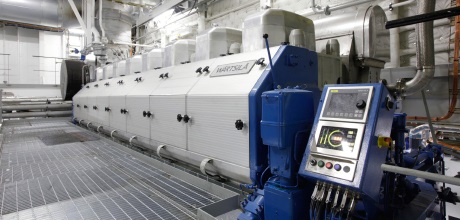
Future fuels for ferries - staying flexible to emerging options
If you’re a ferry operator looking to cut carbon, SOx and NOx emissions immediately, then future fuels should be at the top of your wish list. As well as emission reductions, they also help your vessels comply with regulations like EEXI and CII.
But what future fuel should your ferry operations opt for? The future fuels chapter of our guide has all the answers you need. It opens up on the pros and cons of LNG, methanol, ammonia and hydrogen followed by a deep dive into the Wärtsilä engine and fuel supply system solutions that allow you to take advantage of them.
Looking to retrofit existing vessels with a fuel conversion? The chapter also looks into Wärtsilä’s conversion solutions plus briefly presents some real-world examples of vessels already operating on future fuels with the help of fuel-flexible engine technologies.
Christos Chryssakis, Business Development Manager, Maritime at DNV and Kaj Portin, GM, Sustainable Fuels & Decarbonisation at Wärtsilä give their insights about the fuels’ availability, storage requirements and more. Also hear about fuel flexible engines, engine conversions and fuel supply systems that would play a vital role to adapt to future fuels.

The route to profitable decarbonisation
Insights and practical guidance for the ferry segment
This white paper takes a deep dive into the challenges facing this hugely diverse industry as it plots a path towards zero-carbon operations. It provides an overview of the current state of play in the industry, a comprehensive review of its geographical nuances and an in-depth look at individual vessel types.






